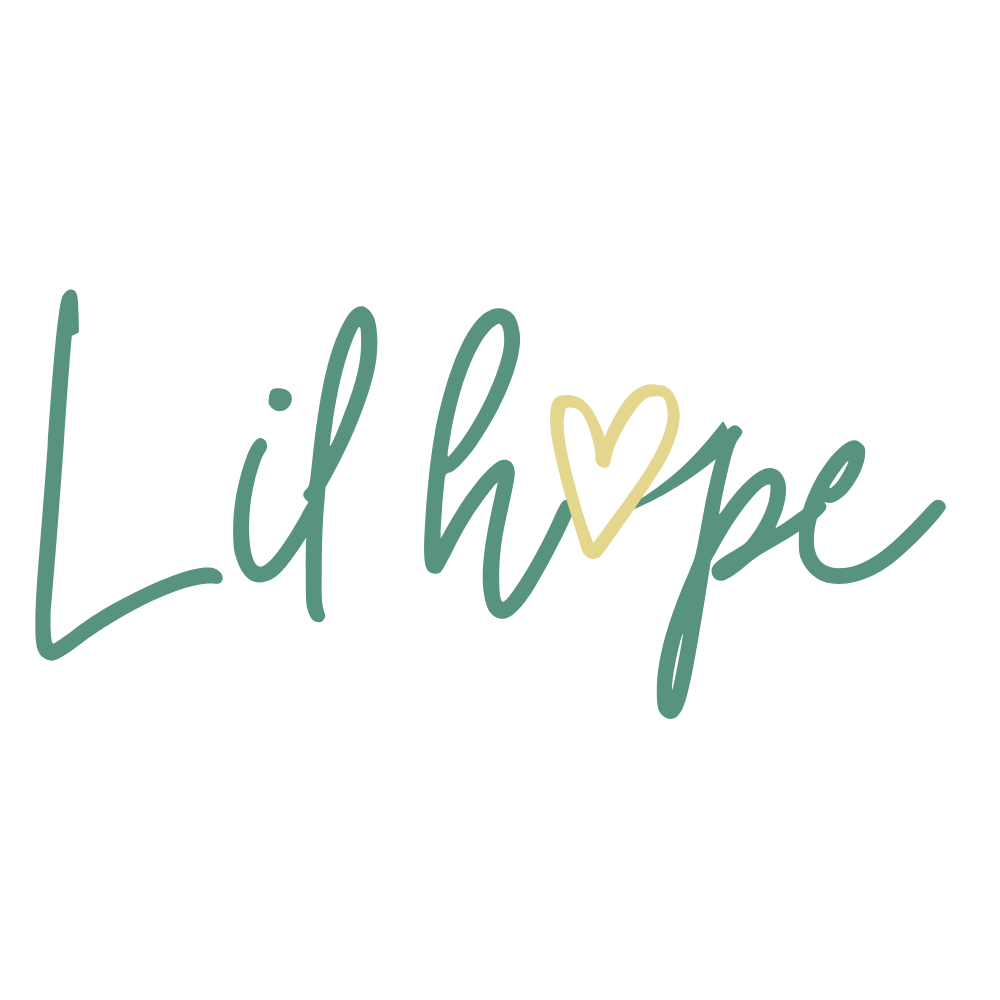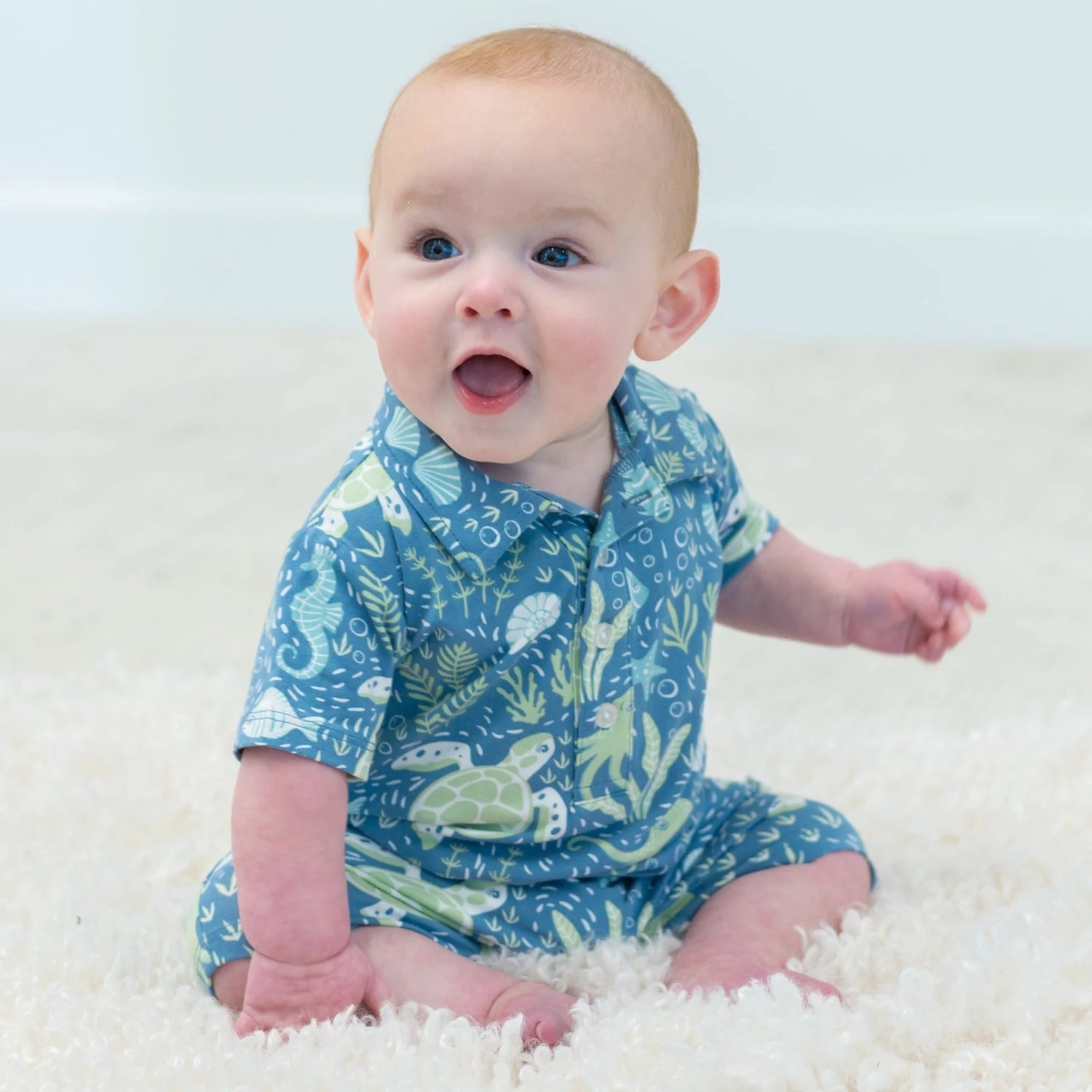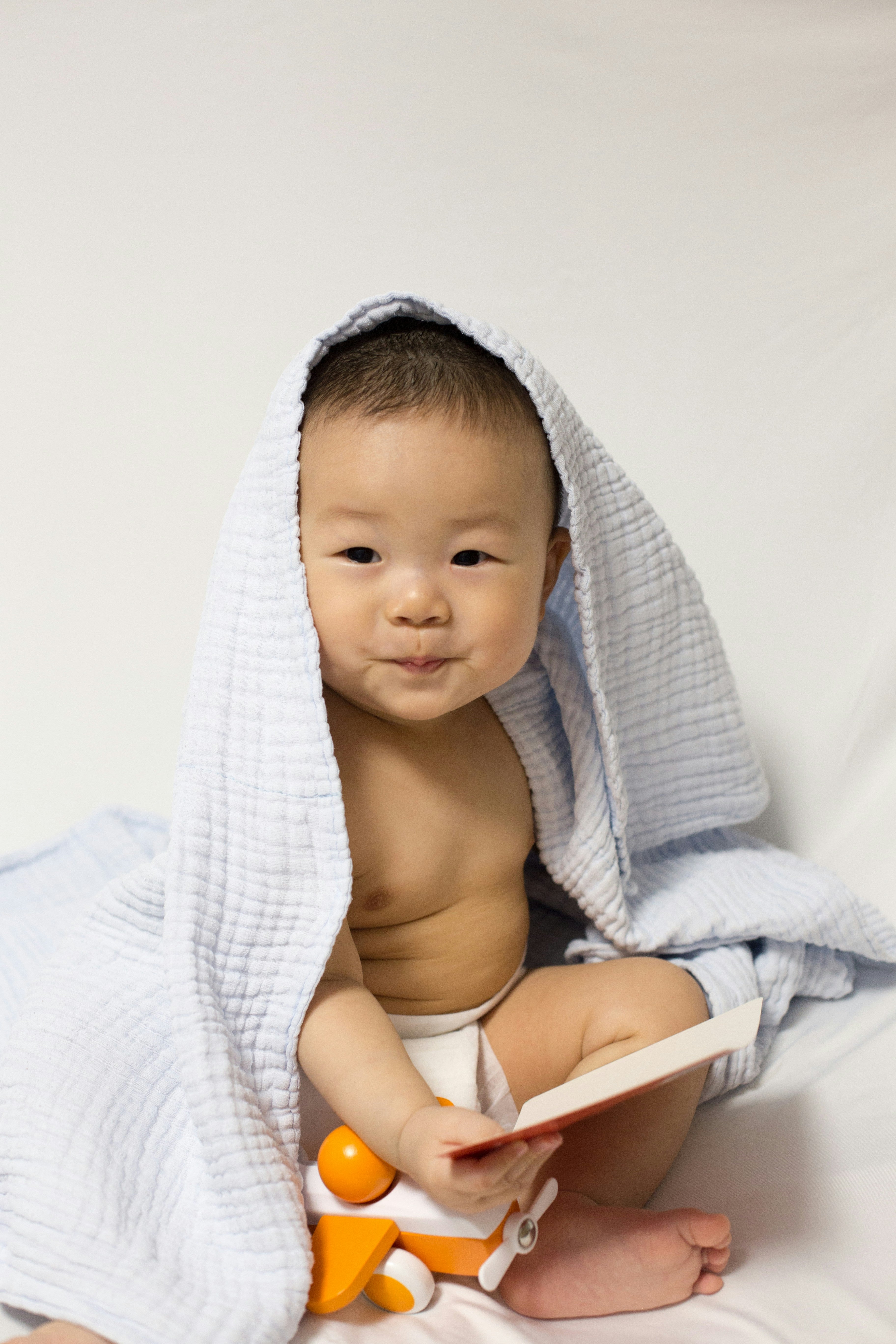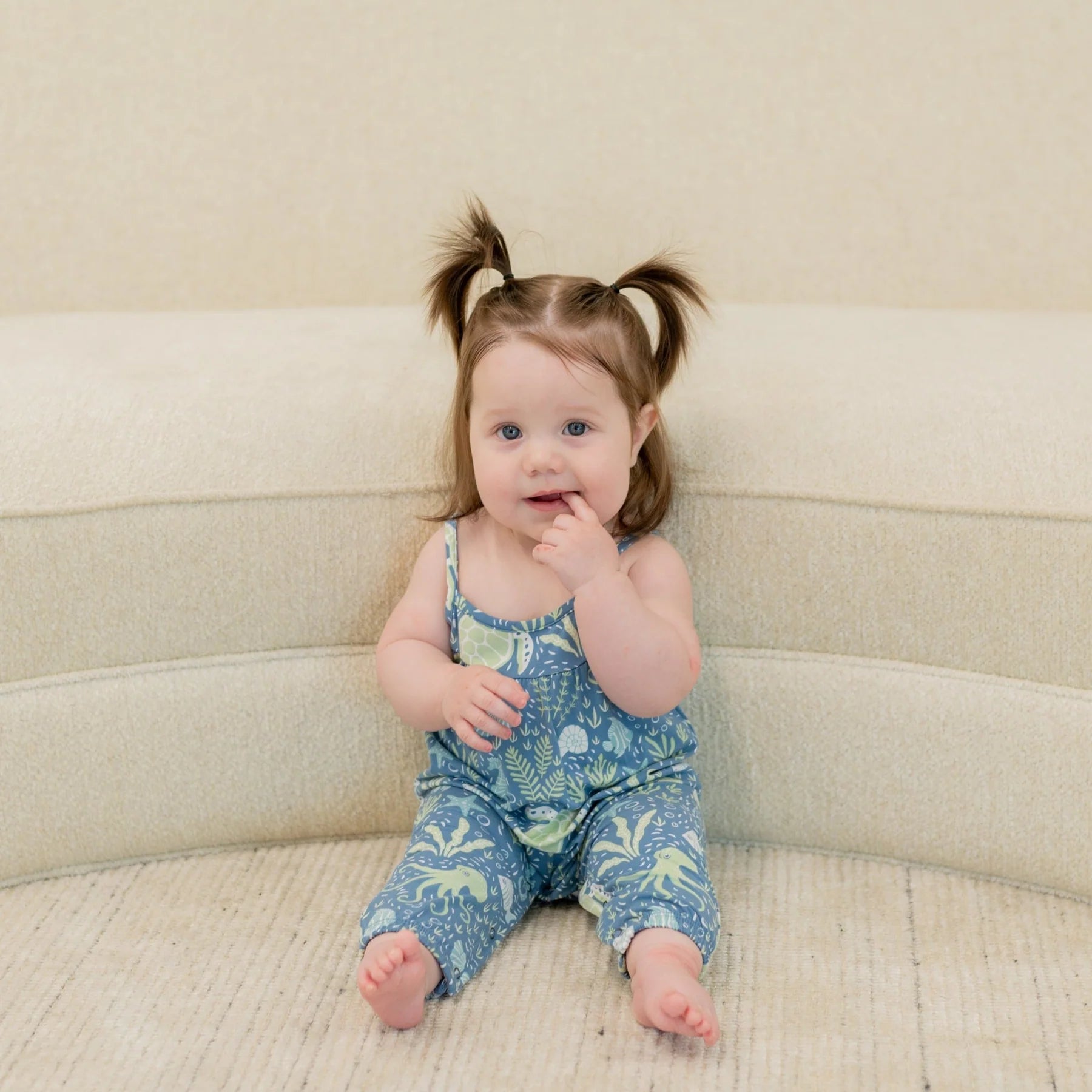Choosing the right baby clothing size is crucial for your little one's comfort and growth. At Lil Hope in West Hartford, CT, we understand the importance of finding the perfect fit for your baby. Our family-owned boutique is dedicated to helping parents navigate the often confusing world of baby clothing sizes. In this guide, we'll walk you through everything you need to know to ensure your baby is always dressed in the right size.
Understanding Baby Clothing Sizes
Baby clothing sizes can be confusing, but understanding how they work is the first step toward making the right choices. Sizes are typically determined by age, weight, and height. However, these standards can vary between brands, making it essential to know the specific measurements of your baby.
Manufacturers usually provide size charts that correspond to a baby's age range (e.g., 0-3 months, 3-6 months), but remember that every baby grows at their own pace. Weight and height can be more accurate indicators, so always refer to these when in doubt.
At Lil Hope, we emphasize the importance of precise measurements. Our experienced staff is always ready to assist you in finding the right size for your baby, ensuring that you leave our boutique with clothing that fits perfectly and feels comfortable.
How to Measure Your Baby
Accurate measurements are key to finding the perfect fit. Here's how you can measure your baby:
- Head Circumference: Use a soft measuring tape around the widest part of your baby's head.
- Chest: Measure around the fullest part of the chest, just under the armpits.
- Waist: Measure around the natural waistline.
- Height: Lay your baby flat and measure from the top of the head to the heel.
Tools You'll Need:
- Soft measuring tape
- A flat surface for measuring height
- A notebook to record measurements
Having these measurements handy will help you compare them with size charts to find the best fit. Always measure your baby when they are calm and relaxed to get the most accurate results.
Common Size Charts and What They Mean
Understanding size charts is vital for selecting the right clothes. Here are the common types you'll encounter:
- Age-Based Charts: These charts are straightforward but can be inaccurate as babies grow at different rates.
- Weight/Height-Based Charts: More precise, these charts consider the baby's actual size rather than age.
For example, a size chart might read:
- 0-3 months: 8-12 lbs, 19-23 inches
- 3-6 months: 12-17 lbs, 23-27 inches
Age-Based Charts
Age-based charts are convenient, but they assume average growth rates which may not apply to every baby. For instance, some babies may outgrow the 0-3 months size well before they reach three months, while others might fit into it for longer. This is why combining age-based charts with your baby's actual measurements is crucial.
Weight/Height-Based Charts
Weight/height-based charts are generally more reliable. They account for your baby's unique growth pattern and provide a more customized fit. For example, if your baby is taller but lighter, you might find a better fit using height as your primary measurement.
Tips for Choosing the Right Fit
Choosing the right baby clothing involves more than just getting the size right. Here are some essential tips:
Comfort and Mobility
Your baby should be able to move freely. Avoid tight clothes that restrict movement. Look for clothes with stretchy fabrics or adjustable features like snap closures and elastic waists.
Allowing Room for Growth
Babies grow quickly, and it can be tempting to buy larger sizes to extend the wear time. However, oversized clothes can be uncomfortable and unsafe. Instead, choose clothes that have a little room for growth but aren't too large. This ensures your baby stays comfortable while still getting some extra wear out of their outfits.
Seasonal Considerations
Think about the season when shopping for baby clothes. Lightweight fabrics like cotton are ideal for summer, while layers are essential for winter. At Lil Hope, we offer seasonal collections to keep your baby comfortable and stylish year-round.
Check for Special Features
When choosing baby clothes, look for features like:
- Snap closures for easy diaper changes.
- Soft, breathable fabrics to prevent irritation.
- No tags or minimal tags to avoid scratching.
- Footies for warmth or socks for flexibility.
Shopping for Baby Clothes at Lil Hope
At Lil Hope, we offer a curated selection of baby clothes designed with both style and comfort in mind. Our collection includes a variety of sizes, ensuring that you can find the perfect fit for your baby.
Unique Selling Points of Lil Hope
- Quality: We source the best items that are gentle on your baby's skin. Our collections feature clothing made from high-quality materials that are durable and comfortable.
- Variety: From everyday wear to special occasions, we have something for every need. Our collections are thoughtfully designed to cater to different tastes and preferences, ensuring that you always find something you love.
Our knowledgeable staff is always ready to help you find the right size and style. We pride ourselves on providing personalized assistance to every customer, making your shopping experience enjoyable and stress-free.
Choosing the right baby clothing size doesn't have to be a daunting task. By understanding how sizes work, measuring your baby accurately, and considering the tips we've provided, you can ensure your little one is always comfortable and stylish. Visit Lil Hope in West Hartford, CT, for personalized assistance and a fantastic selection of baby clothes.




Leave a comment
This site is protected by hCaptcha and the hCaptcha Privacy Policy and Terms of Service apply.